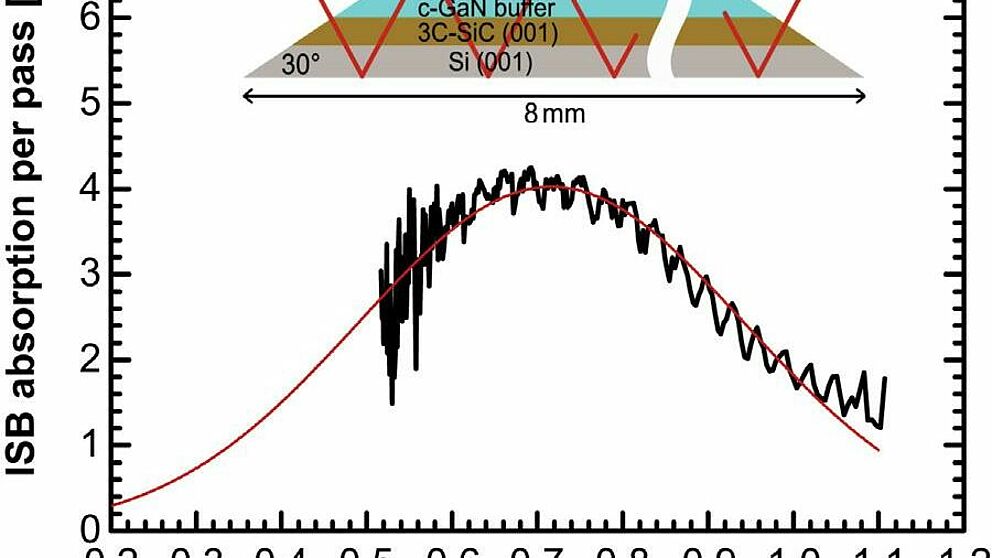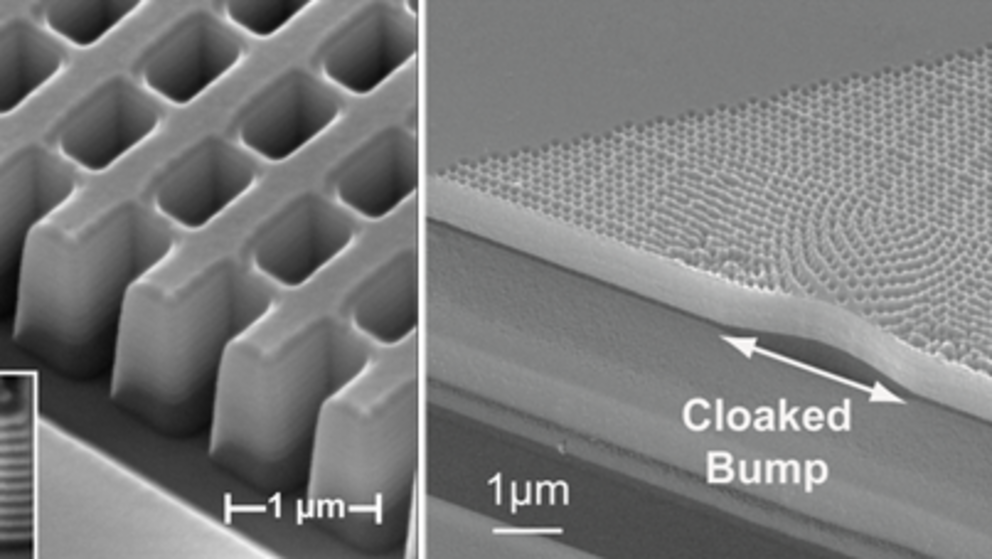Research
| |||
Research & Facilities
The newly established Ultrafast Nanophotonics group at the University of Paderborn focuses its research on optical properties of artificial material system. Modern nanotechnology opens the possibility to manipulate the arrangement and structure of natural materials down to the nanoscale comparable to the optical wavelength. This freedom allows a direct engineering of the optical material properties that can be utilized for a new class of photonic devices and applications.
The characterization of the optical properties of such material systems plays an important role for the further design and to proof principle concepts arising from new physical effects. Ultrafast spectroscopy is the key in order to understand the underlying processes in these materials that lead to the desired functionality.
In combination with strongly confined optical fields based on Plasmonic excitations these materials posses the potential for highly compact and ultrafast optical devices.




